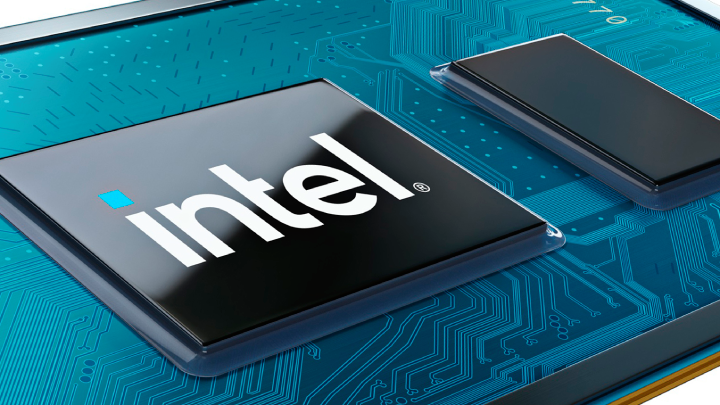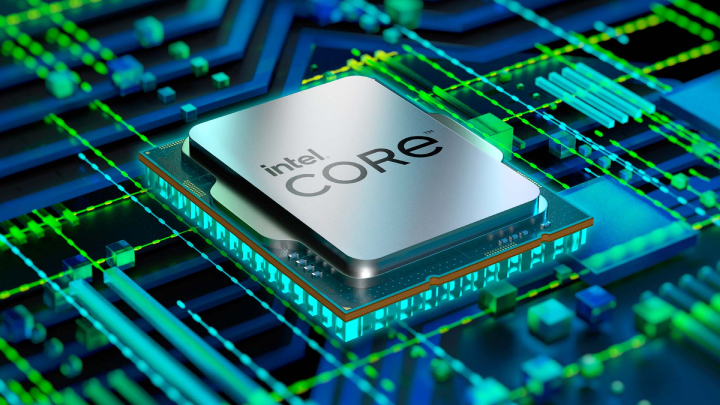Microsoft’s HoloLens 2 AR headset already uses Qualcomm chips. So will its future AR glasses. Qualcomm and Microsoft announced their partnership at this year’s CES 2022 conference, pointing to new custom chips for future AR glasses. Future products using custom chips aim to combine Microsoft’s mixed reality software with Qualcomm’s phone-based AR platform.
The partnership also integrates software platforms, according to Qualcomm. Microsoft already has its cross-device Microsoft Mesh VR/AR ecosystem, as well as its Windows Mixed Reality platform, and this year integrated Teams into VR and AR. But Qualcomm is developing a mobile software platform called Snapdragon Spaces, which plans to connect the coming wave of AR glasses to Android phones. Qualcomm enabled smartphone-connected smart glasses this year using a software platform called Snapdragon Spaces.

Overall, smart glasses are still a work in progress, but one of the keys that these types of devices still need is a common software platform. That sounds like exactly what the Qualcomm partnership aims to solve. As per Qualcomm’s press release, the collaboration will involve “development of custom AR chips to enable a new wave of energy-efficient, lightweight AR glasses for rich and immersive experiences, with plans to integrate Microsoft Mesh and Snapdragon Software such as the Spaces XR developer platform.”
Whether that means Microsoft’s future AR glasses will have extra features beyond the rest of Qualcomm’s planned lineup isn’t entirely clear, but it does suggest that a common link between future AR products may have formed. Of course, this is exactly what the whole Metaverse strategy, which now seems to be ubiquitous, has always required.

Microsoft is already exploring using the HoloLens 2 in more outdoor settings as a stepping stone to future small glasses-like devices. Last year, the company announced an exploratory partnership with Niantic to explore how gaming could eventually work on smart glasses.






